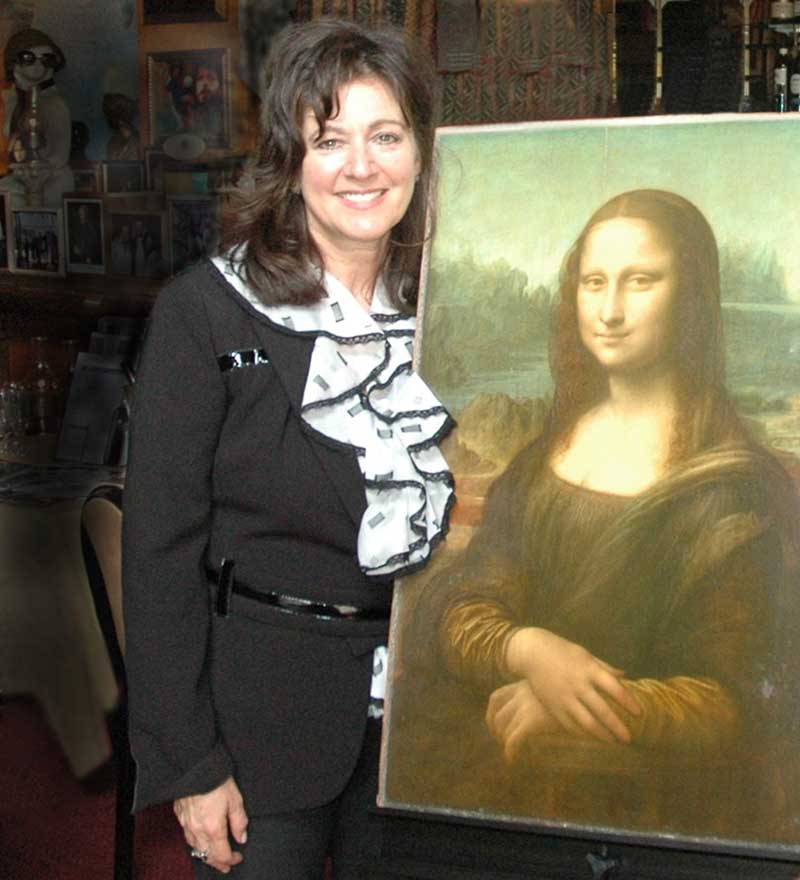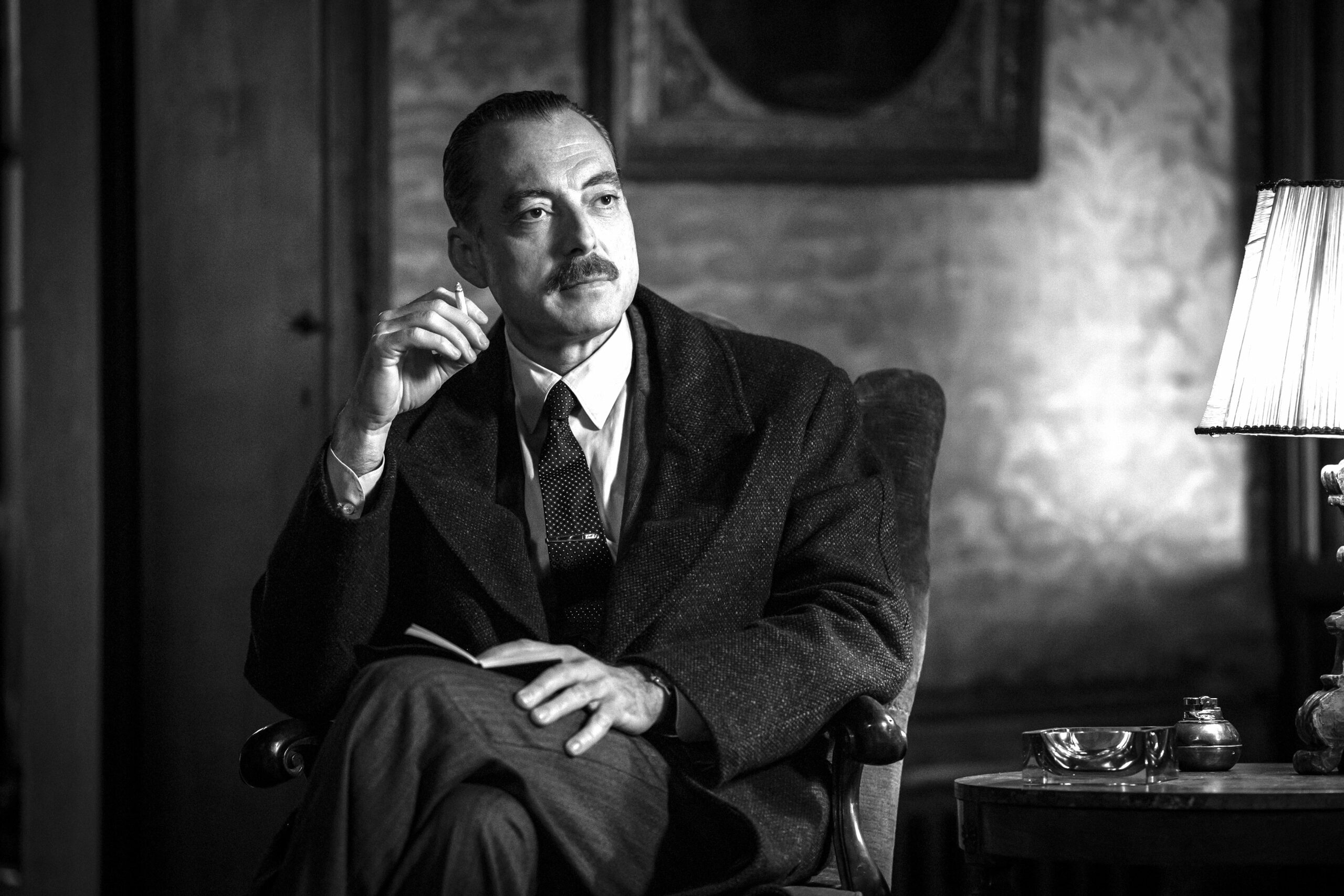Picture the following scene if you will. The place is Verona, Italy. The year is 1271. Crowds of men, possibly naked, according to historic accounts, stand at the ready to run a foot race that will continue to be held annually in one form or another for the next seven centuries.
Fast forward to June 7, 2015. The place is now San Francisco’s North Beach on Stockton Street between the historic landmarked Washington Square and the San Francisco Italian Athletic Club.
At 9:00 a.m., a crowd of men will stand, clothed this time, in contempory running attire and expensive athletic shoes, ready to run a North Beach tradition called the Statuto foot race.
This local community event has been happening in San Francisco since 1919. For the past 96 years, other than the attire, nothing much has changed.
The Statuto Race commemorates the Statuto Albertino, the Italian “constitution” that laid the ground work for the unification of Italy. Each year since 1919, the race has been run in North Beach, with only a one-year gap during World War II. Today, the Statuto Race is America’s fourth oldest foot race.
The Statuto Albertino, Albertino codex of laws, (a codex being an ancient manuscript text in book form) of 1271 stated that two races were to be held on the first Sunday of Lent, a horse race and a foot race. In 1328 the prizes where made more specific. A green palio (green cloth), would go to the winner of the foot race and a rooster to the last runner.
An early victory for women’s lib came with the Statuto by Giangaleazzo Visconti, approved in 1393. There was now to be a race for women. The men would seek to win a red cloth, with the traditional rooster to the last runner. In the women’s race, the palio verde that had previously been reserved for men, now was reassigned to women. The fastest woman would receive the green cloth, the slowest would be given a rooster. The Statuto specified that the running event was open to “honest women, even if only one is to participate; however, if no honest women are available, then prostitutes would run.”
Male runners traditionally ran naked which could be a tradition linked to ancient Etruscan games where those performing in athletic races ran naked. Or, a more likely reason could be that running naked made it difficult for other fellow runners to grab at the clothing of those in front of them in order to sabotage their lead. Accounts are unclear as to whether the women also ran naked.
Some historic records indicate that the race may actually be an indirect outcome of, believe it or not, Italian poet Dante Alighieri’s “Divine Comedy”. How so? Well, when introducing his encounter with master Brunetto Latini in the “Divine Comedy” (Inferno, chapter XV, verses 121-124), Alighieri mentions a running event. The excerpt reads (translated from the Italian) as follows:
Then he turned round, and seemed to be of those who at Verona run for the green cloth across the plain; and seemed to be among them the one who wins, and not the one who loses.
n these four verses Dante mentions a running race that was held in Verona the first Sunday of Lent. The race was known as corsa del palio or corsa del drappo verde (“Run of the green cloth”). In 1393 the previous race became three separate races; the horse race (with a velvet cloth for the winner, and the pork’s leg to the last one) and two running events, the first one for men (red cloth to the winner, and rooster to the loser), and the other running event open to women. The similarities in Dante’s verses to the actual race are striking.
So what has changed over these many centuries? Certainly the running attire has changed, especially the shoes, but the community spirit endures. It was the Italian Athletic and Social Club, Unione Sportiva Italiana, that sponsored the first Statuto Race in San Francisco. These spirited foot races were created to bring residents together through events that inspired cooperation, community pride, and personal health. The annual foot race across city streets energized the North Beach community, largely composed of Italian immigrants looking for a better life in America. The club’s activism in community improvement included not only the foot race and other sports but also culture and community service. The Statuto foot race is now among the oldest footraces in the United States.
And it will happen again on June 7, 2015. Whether you participate in or just observe the 95th annual Statuto foot race taking place on the streets of San Francisco, let your mind wander back to the historical context behind this Italian community event. The course is an 8K run/2mile walk north from the San Francisco Italian Athletic Club headquartered at 1630 Stockton Street to North Point, Herb Caen Way, Bryant Street and back. Although the streets of San Francisco are not quite like the original course run back in the 14th century through the City of Verona, the civic and cultural pride is alive and well.
After nine decades, the San Francisco Italian Athletic Club keeps the tradition alive as they continue to sponsor and organize this historic race that spans seven centuries. For more information about the Statuto Foot Race, and to register, go to http://sfiac.org/Club-Events/Italian-Community-News-and-events.































